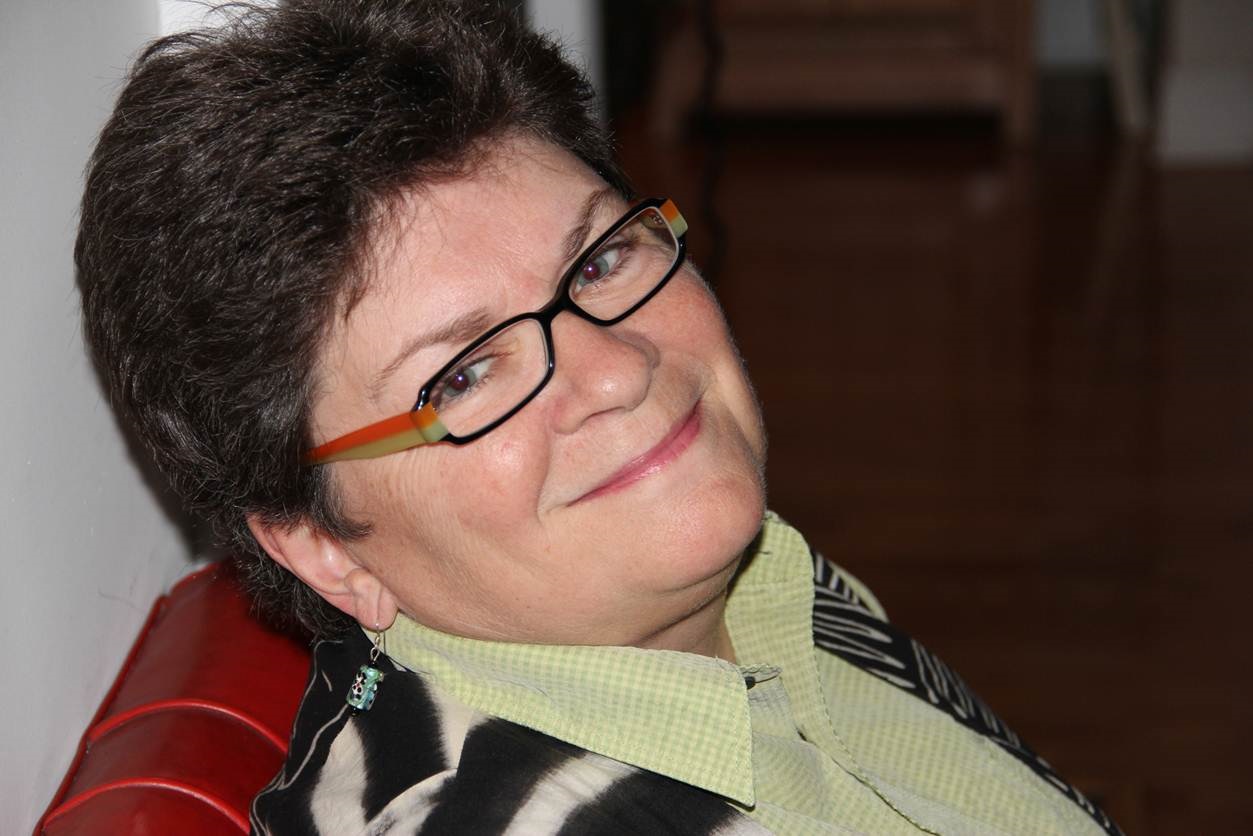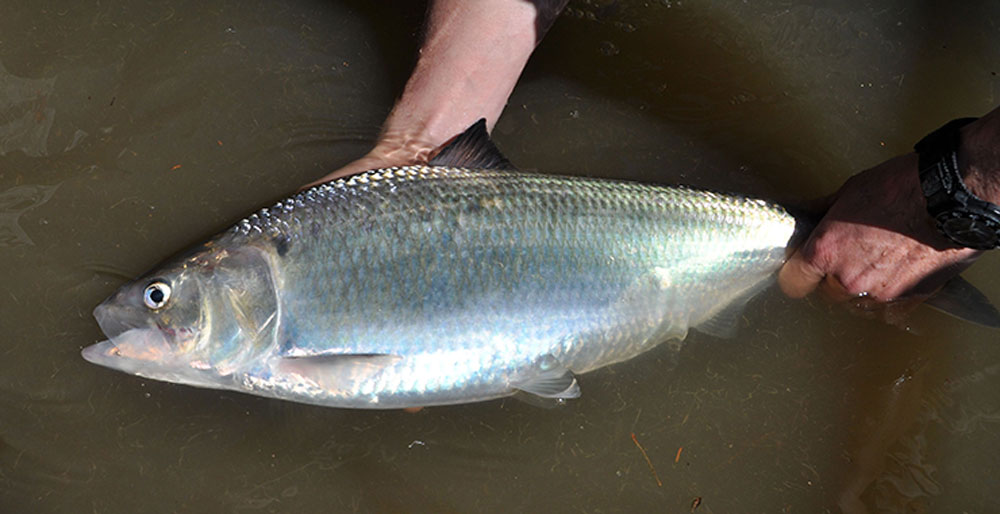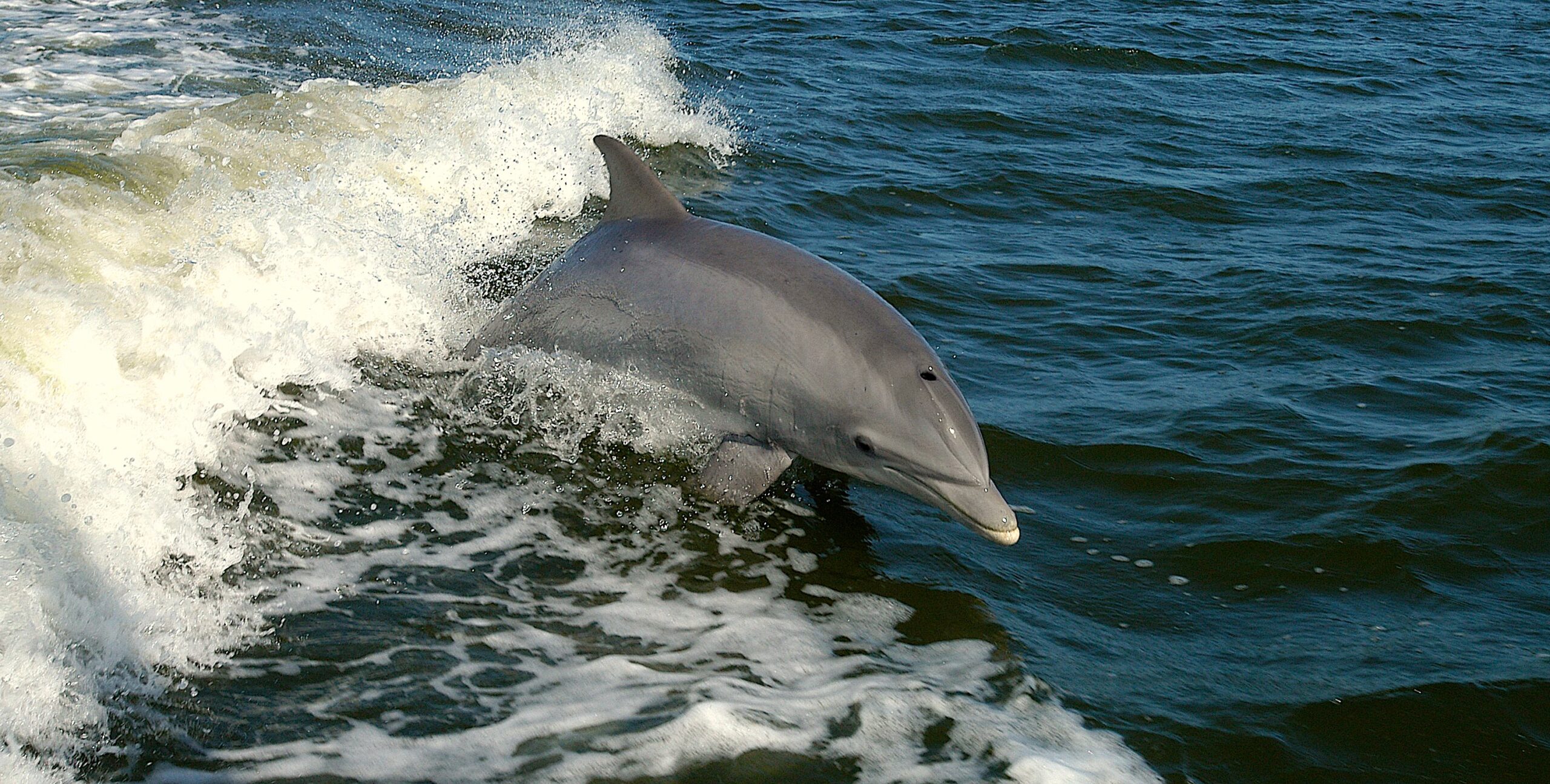SIZE MATTERS: Testing a New Mesh Size for Black Sea Bass
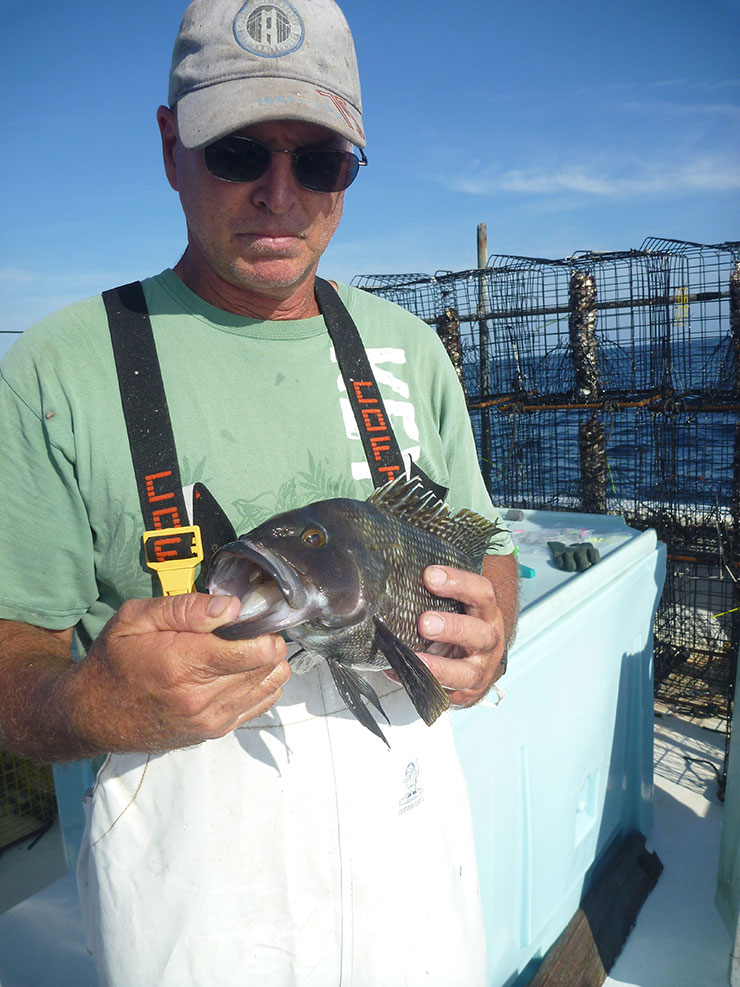
This article was published in the Holiday 2013 issue of Coastwatch.
Tom Burgess and Paul Rudershausen are at it again. They are on another quest to match mesh size to black sea bass length.
This time, they are experimenting with various mesh sizes that will trap fish 11 inches or longer, the new size limit for the commercial black sea bass fishery. They also want to ensure sublegal, or undersized, fish can escape.
“I think the industry is ready for a larger mesh size to greatly reduce the sublegal bass discards,” says Burgess, a black sea bass commercial fisherman from Sneads Ferry.
Their work is supported by the N.C. Fishery Resource Grant Program, or FRG, which is administered by North Carolina Sea Grant.
Burgess and Rudershausen, a technician at North Carolina State University’s Center for Marine Sciences and Technology, want to provide recommendations to the South Atlantic Fishery Management Council, or SAFMC. The council manages the black sea bass fishery south of Cape Hatteras.
Burgess, who rotated off the council in early August 2013, is the right person to deliver the message.
“There’s a direct conversation between council members and Tom, and obviously Tom was a council member for three years,” says Jeff Buckel, a fisheries biologist at CMAST. He notes that Burgess has designed the study to provide information the council members need to make decisions.
“He’s just very forward thinking, cares about the resource and is very appreciative of the fact that this is his livelihood,” notes Michelle Duval, vice chair of the SAFMC and chair of the snapper grouper committee that manages the black sea bass fishery in the South Atlantic. “I think what Tom is doing is great and is directly useful and applicable to the management process.”
Duval also is the N.C. Division of Marine Fisheries’ executive assistant for councils, representing the division’s director on different regional councils.
Boxed In
Black sea bass, or Centropristis striata, is a relative of the grouper and is managed under the council’s snapper grouper complex. There are two separate stocks of black sea bass in the Atlantic, roughly divided at Cape Hatteras. Burgess is working on the South Atlantic portion of the sea bass stock, managed by the SAFMC. That population is considered viable and not overfished.
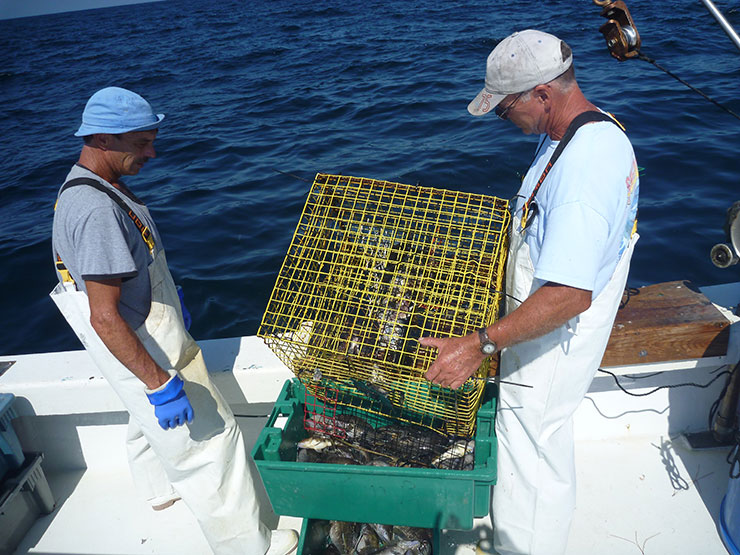
Picture a box with vinyl-coated square mesh for the walls. That’s the trap Burgess and fishermen like him use to catch sea bass. The SAFMC set the minimum legal mesh size to 1.5 inches for all sides, except for a 2-inch back panel.
The back panel is the side on the bottom as the trap is pulled to the surface. As they sense movement and a change in pressure, the fish will instinctively swim to the bottom panel to escape, an effort that is aided by the larger mesh.
According to Burgess, the most popular trap configuration for the fishermen in Sneads Ferry, the top producer of black sea bass in the state, is one built with 2-inch mesh on all sides.
There is a relationship between fish length and mesh size, something Burgess, Rudershausen and Buckel calculated in an earlier FRG project. “The 2-inch trap and the 10-inch bass was a very good fit,” Burgess notes, referring to the previous size limit for sea bass. “You’d get a trap full of fish and maybe you’ll throw out one or two.”
But when the SAFMC changed the size limit from 10 to 11 inches in July 2012, the minimum 2-inch back panel traps — and even the more common full 2-inch mesh traps — likely were no longer optimal.
“They increased the minimum size limit without correspondingly increasing the minimum mesh size that traps should be constructed from,” Rudershausen explains. The smaller mesh in those traps still are catching lots of 10-inch fish, which the commercial fishermen no longer can keep.
Together, Burgess and Rudershausen are seeking a larger mesh size that would allow as many sublegal sea bass as possible to escape, while still retaining the legal-sized fish. Fishermen are free to use traps with mesh that is larger than what is required, but no one knows what configuration would work best. So Burgess and Rudershausen are looking to find the optimal trap — one with mesh that would keep mostly fish 11 inches or longer and let out smaller, sublegal fish.
Two-inch mesh was too small. Three-inch mesh was deemed to be too large. Burgess and Rudershausen needed something that was just right. Their previous work had predicted 2.33 inches as the optimal measurement for 11-inch fish, but that size is not commercially available.
Enter the C.E. Shepherd Company in Houston, Texas, that manufactures mesh used in black sea bass traps. The company agreed to create 2.25-inch and 2.5-inch mesh for this study at a greatly discounted rate.
“Without their help in this area — without really cutting the cost — this FRG might not have been possible. So we were very thankful that they cooperated with us and wanted to help us,” Burgess says. Rudershausen calls the price break “a coup.”
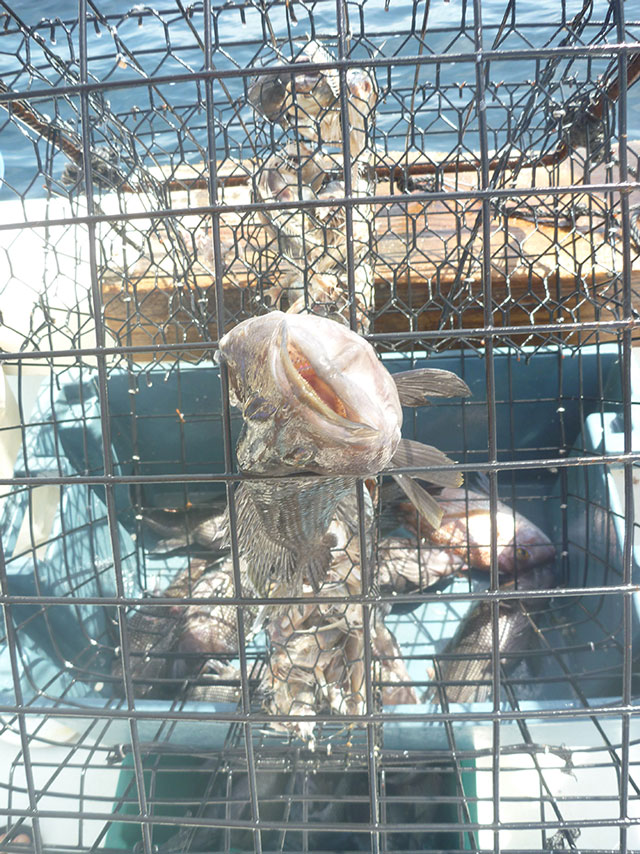
This study is testing four trap treatments: a 1.5-inch trap with a 2-inch back panel trap that is the minimum mesh size permitted, and traps with full 2-inch, 2.25-inch and 2.5-inch mesh. All are legal configurations because they are equal to or larger than the limit set by the council.
“This project is timely because members of the SAFMC were not comfortable proposing specific mesh sizes without first seeing what impact new regulations would have on the fishery,” says Scott Baker, a Sea Grant fisheries specialist who is working with Burgess and Rudershausen. “By looking at various mesh sizes in a scientific study, they can determine the benefits and drawbacks of each size in relation to catch and discards.”
Burgess and Rudershausen are measuring selectivity, or if the traps catch mostly the legal size of fish they are seeking. They also estimate catch rate, or legal versus sublegal sea bass caught. Their ultimate goal is to identify a trap that lets out the most undersized fish and keeps the majority of legal-sized fish.
It’s clear why catching more legal-sized fish benefits the fishermen. But trapping fewer undersized fish also translates into several advantages.
First, fishing becomes more efficient because the black sea bass fishermen can selectively target the fish they want. Sorting takes time, particularly if the fishermen have to discard a lot of undersized fish to get to the ones they can keep. Multiply that by the many pots they have to process and the time savings becomes obvious.
Next, “if the mesh size is too small, you get more sublegal fish retained. And when you get more sublegal fish retained, you get this crowding issue,” Rudershausen explains. Crowding can harm or kill the sea bass, as can the swift change in pressure that occurs as the fish are hauled to the surface. They’ve also found that the smaller fish are more susceptible to injuries.
“That’s not good for your fishing season a couple of months from now or next year,” Buckel says. “It’s in his best interest to have the highest survival of those sublegal fish.”
The sublegal fish of today will grow to be the large, legal sea bass of tomorrow. By catching fewer undersized specimens, the fishermen can protect the smaller fish, ensuring there will be more to catch in subsequent trips.
Cooperative Research
Rudershausen is in the process of crunching the numbers, a task he is conducting with Buckel’s guidance. The work is yielding promising results. “The number of sublegal fish correspondingly decreases as the average trap mesh size increases,” he reports.
Burgess is more specific. “The 2.25-inch trap seems to be doing a good job of getting rid of fish under 11 inches,” he notes. However, the 2.5-inch mesh seems to be letting out many of the 11-inch black sea bass.
But there’s a reason he’s testing the larger mesh too. “The 2.5 might be more appropriate if we went to a 12-inch bass, which has been discussed at the council,” Burgess continues. “Because we’re testing both traps now, we’ll have the information available at any time.”
However, he does not anticipate that the SAFMC will increase the commercial size limit for black sea bass in the foreseeable future.
Burgess has been collaborating with scientists, including Buckel and Rudershausen, on research since 2006 — and providing information to fisheries managers. And it’s something the fisherman has done before.
“Overall, Tom’s FRG projects have greatly advanced the state of knowledge for the black sea bass fishery in the South Atlantic. Each project has addressed individual research needs, but when taken together, these impacts have greatly benefited the fishery,” Baker notes.
In September 2013, NOAA Fisheries approved the SAFMC’s recommendation that the annual commercial and recreational catch limit for black sea bass be increased from 847,000 pounds to 1,814,000 pounds.
Sea Grant’s Baker credits one of Burgess’s previous studies for this change. Burgess helped researchers develop survival metrics to estimate discard mortality for black sea bass, which is the percentage of the fish that are expected to die after being returned to the water. The estimates from that study were used in a recent federal stock assessment of black sea bass in the southeast that determined that the sea bass population is rebuilt — and led to the higher catch limits.
“I think Tom is a great example of seeing a management issue and framing the research that can help inform that,” says the SAFMC’s Duval.
“I like to do research that has direct application, and the work we’ve done with Tom, it’s really neat. You finish a project and then you see a regulation change or maybe new questions come up from the study that the council wants addressed, so there’s this nice interaction between the management and the science,” Buckel concludes.
“That’s been very rewarding for me, and I know for Tom and Paul too.”
This article was published in the Holiday 2013 issue of Coastwatch.
For contact information and reprint requests, visit ncseagrant.ncsu.edu/coastwatch/contact/.
